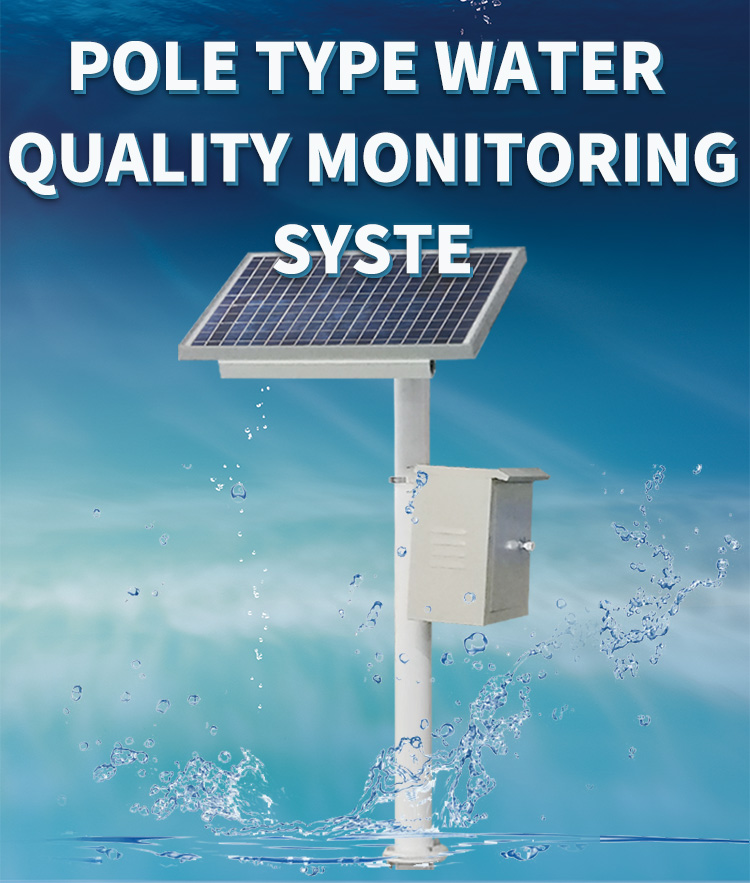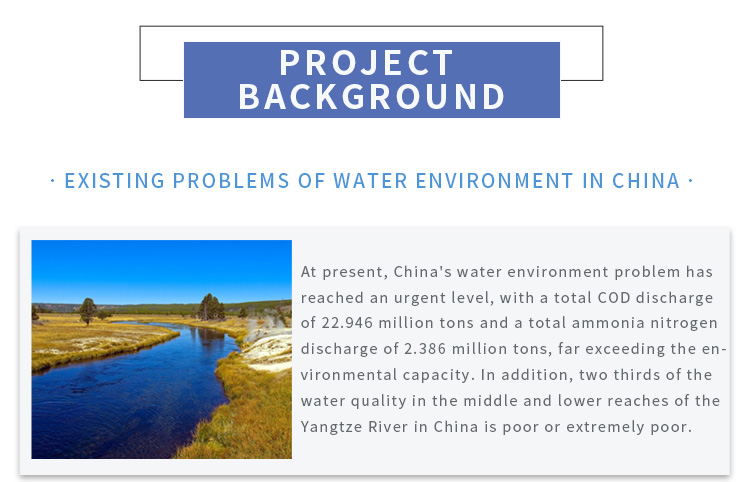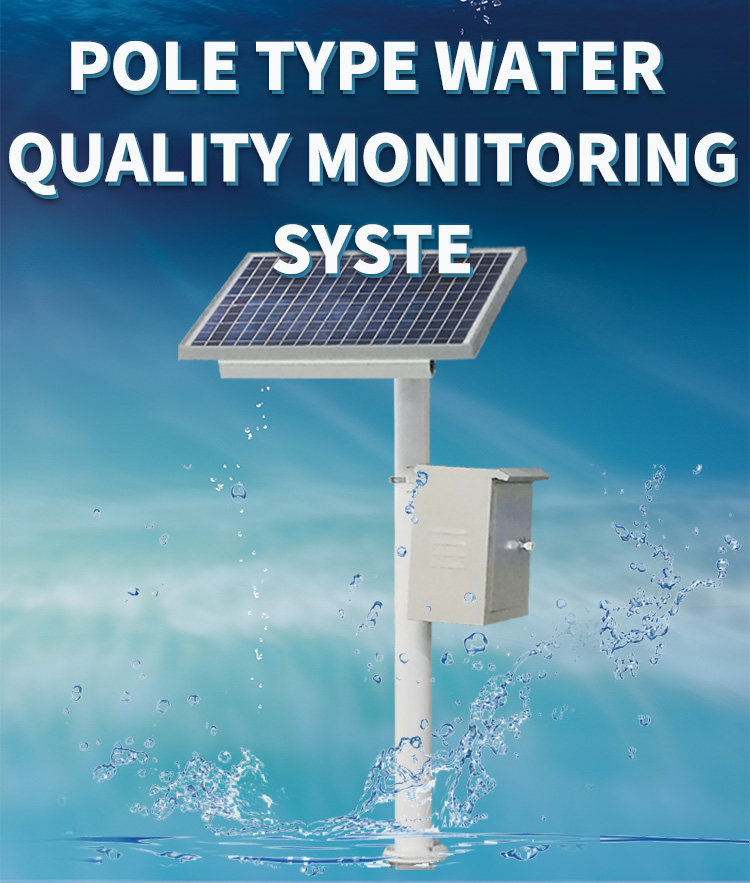Section 1: Importance of Source Water Assessment

The first step in ensuring safe drinking water is assessing the quality of the source water. Source waters can include rivers, lakes, reservoirs, and underground aquifers. Monitoring the source water helps identify potential contaminants and assess their levels. This allows water treatment facilities to implement appropriate treatment processes to remove or reduce contaminants, including disinfection, filtration, and chemical treatment.
Section 2: Treatment Plant Monitoring
Water treatment plants play a crucial role in removing impurities and ensuring that water meets regulatory standards before it reaches consumers. Monitoring at the treatment plant involves regular sampling and testing for various parameters such as turbidity, pH levels, disinfectant residuals, and the presence of pathogens or chemical pollutants. Continuous monitoring enables operators to detect deviations from established standards and take corrective actions promptly.
Section 3: Distribution System Monitoring
Once water leaves the treatment plant, it travels through a vast network of pipes, tanks, and reservoirs before reaching consumers' taps. Monitoring the distribution system is essential to maintain water quality throughout this journey. Factors such as temperature, pressure, and the presence of disinfectants are monitored to prevent the growth of harmful bacteria, such as Legionella. Regular inspections and sampling at different points in the distribution system help identify potential contamination sources and ensure water remains safe until consumption.
Section 4: Microbial Contaminant Monitoring
One of the primary concerns in ensuring safe drinking water is the presence of microbial contaminants, including bacteria, viruses, and parasites. Monitoring for microbial contaminants involves testing for indicators such as coliform bacteria, which serve as an indication of potential fecal contamination. Additionally, advanced techniques like polymerase chain reaction (PCR) are used to detect specific pathogens that pose a significant health risk. Regular monitoring allows early detection of potential outbreaks and enables timely intervention to protect public health.
Section 5: Chemical Contaminant Monitoring
Chemical contaminants, including heavy metals, pesticides, pharmaceuticals, and industrial pollutants, can enter water sources through various means. Monitoring for chemical contaminants is crucial to prevent long-term health impacts on consumers. Advanced analytical techniques, such as high-performance liquid chromatography (HPLC) and mass spectrometry (MS), are employed to identify and quantify these pollutants accurately. Continuous monitoring ensures compliance with regulatory limits and facilitates the implementation of appropriate treatment methods when necessary.
Section 6: Emerging Contaminant Monitoring

As our understanding of water quality evolves, new contaminants of concern, known as emerging contaminants, are being identified. These include substances like endocrine disruptors, microplastics, and emerging pathogens. Monitoring for emerging contaminants requires ongoing research and the development of new detection techniques. By identifying and monitoring these contaminants, measures can be taken to reduce their presence in drinking water supplies and protect public health.
Section 7: Data Management and Risk Assessment
Effective water quality monitoring relies on robust data management systems and risk assessment methodologies. Collecting, analyzing, and storing data from multiple monitoring points and parameters can be complex. Advanced data management systems, coupled with geographic information systems (GIS), allow for efficient data analysis and visualization, aiding in the identification of trends, hotspots, and potential risks. Risk assessment tools enable decision-makers to prioritize interventions and allocate resources effectively.
Conclusion:
Monitoring water quality from source to tap is essential for ensuring safe drinking water for all. Assessing source water, monitoring treatment plants and distribution systems, and analyzing for microbial and chemical contaminants are critical steps in safeguarding public health. As new contaminants emerge, ongoing research and monitoring are necessary to address evolving challenges. Effective data management systems and risk assessment tools facilitate decision-making and enable prompt interventions when needed. By maintain







